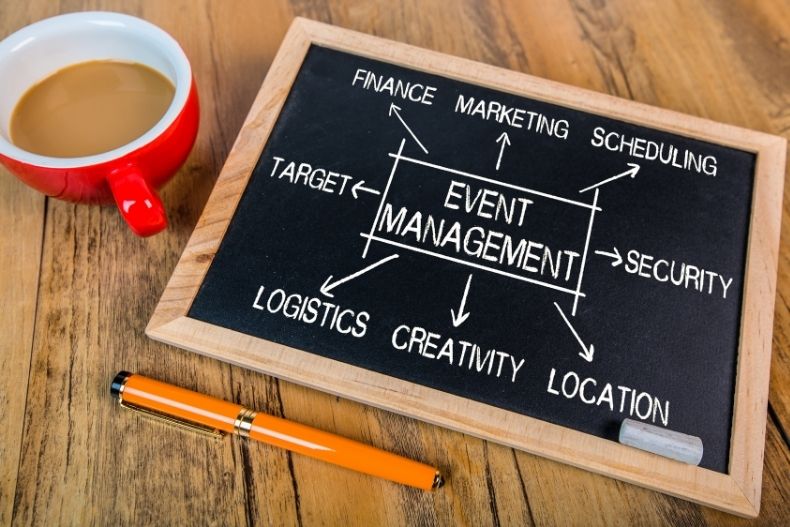If you’re managing an event, then you have a duty to ensure that everyone who attends is kept as safe as possible – including staff and audience members. This goes especially if you anticipate large crowds.
Let’s run through the process of managing an event that’s safe for everyone.

Assess the Venue
Getting the choice of venue right will set you up for success. It should be accessible for everyone, and it should be of an appropriate size. Whether the venue has been set up just for the purpose, or it’s a fixed premises, it should provide the space for people to enter, assemble, and move around safely.
In the case of outdoor events, it might be necessary to divide the space into zones which can be assessed separately. Your assessment should be done in-person. That way you may be able to pick up on minor details that might not make it into a written report.
Risk Assessment
A full risk assessment is a legal requirement. It should take into account every aspect of the event, not just the eye-catching ones. Temporary structures must be sturdy enough to deal with the expected footfall, and noise levels will need to be considered.
Your risk assessment should inform everything that you do for the rest of the event. From it, you’ll be able to derive a code by which all of your staff can adhere.
Security
Without a dedicated and experience security team operating throughout the premises, your event is not going to be safe. Security can intervene to direct the crowd, prevent damage to property, and to deal with emergency situations as they arise. You should make it as simple as possible for your security to be spotted by attendees, and one another, by kitting them out in high-visibility clothing.
Create a crowd-management plan
When an event is ongoing, it can be difficult to monitor every detail and micromanage your security staff. They should therefore know how to operate in a given situation, and to deal with smaller problems as they arise. Security should know how to monitor the crowd, and spot the signs of potential troublemakers. Members of the crowd should be prevented from straying into areas designated as staff-only.
Keep in touch
Your security team should keep in constant contact with one another throughout the event. It might be that personnel need to be diverted from one place to another at a moment’s notice. This means equipping everyone with radio communication equipment. Larger venues might also have control rooms from which the entire crowd can be monitored via CCTV, and on-the-ground security staff directed accordingly.
Investment in security at large events can provide a considerable return on investment for organisers. It will help to ensure that your guests have a good time, and it could potentially prevent something catastrophic from happening.











